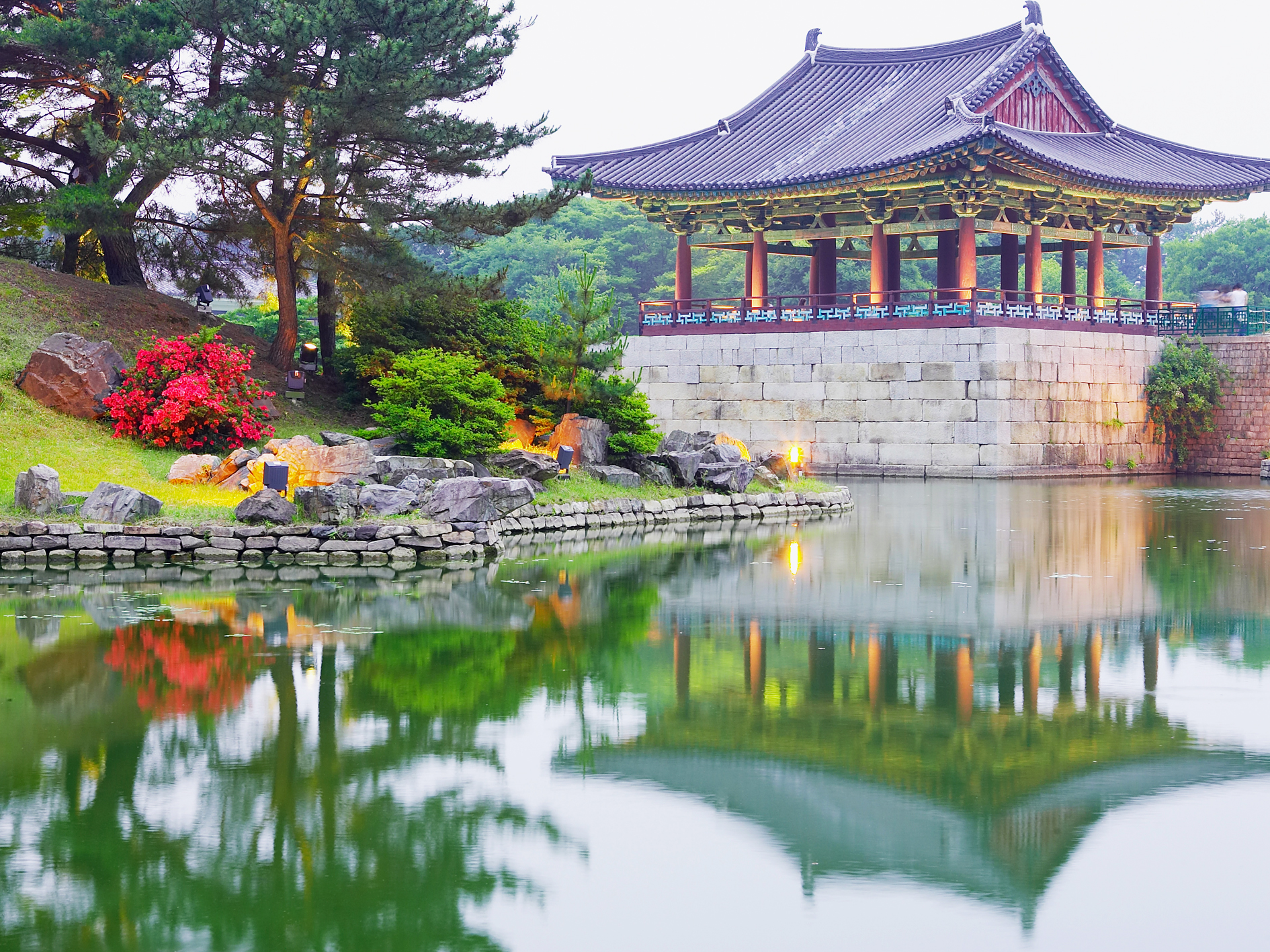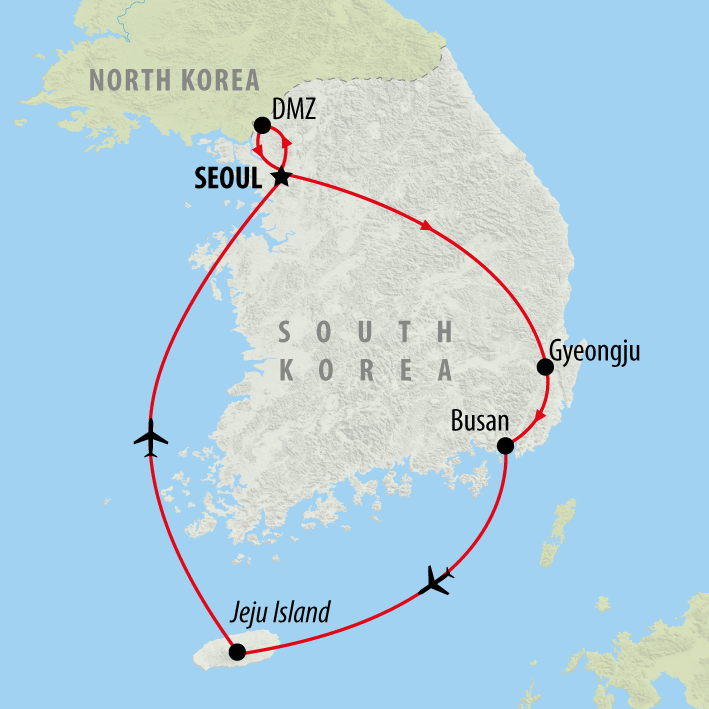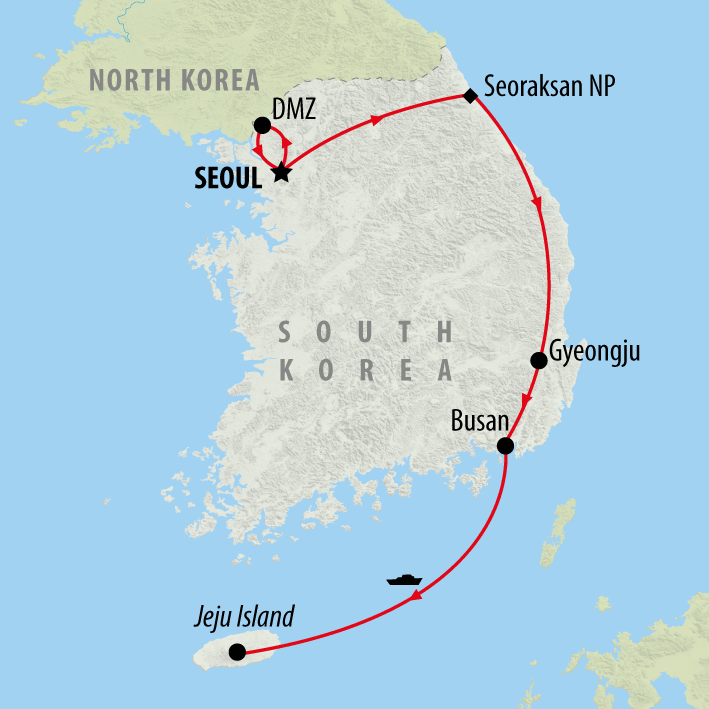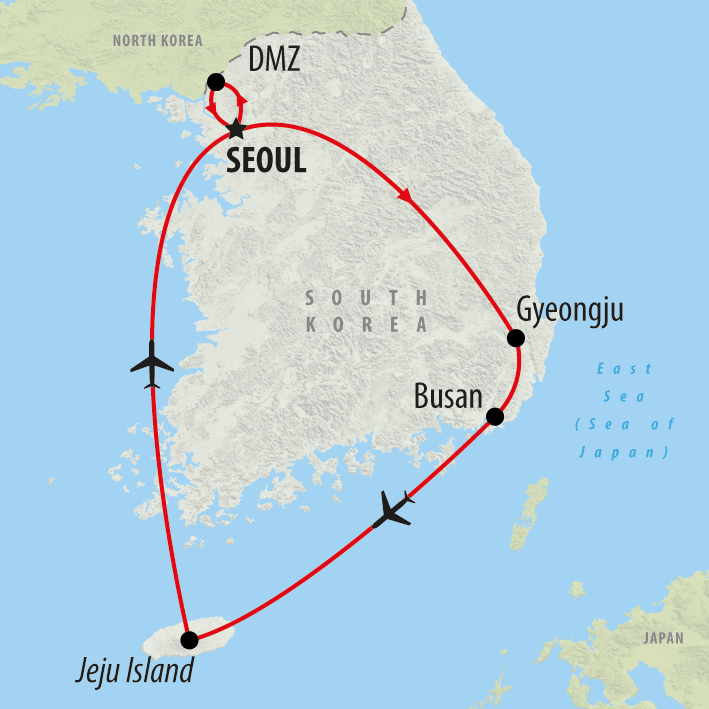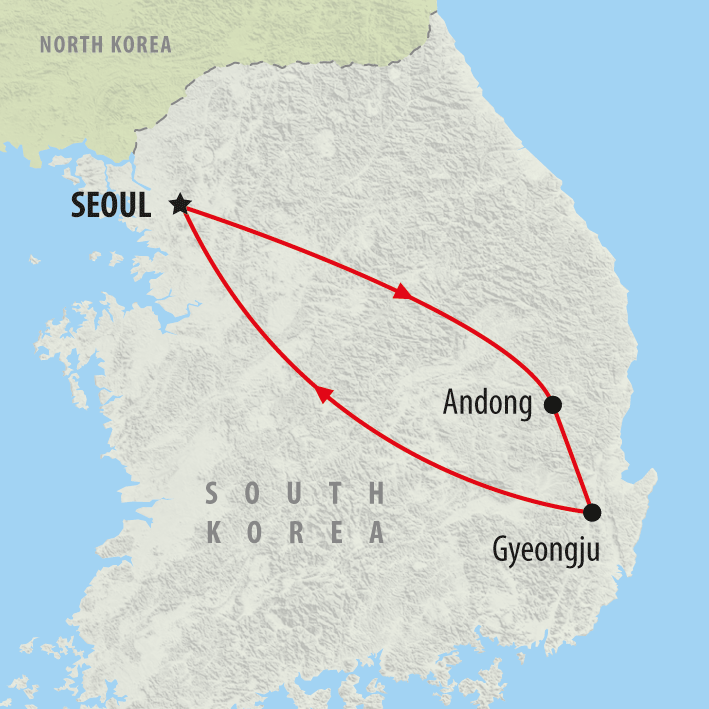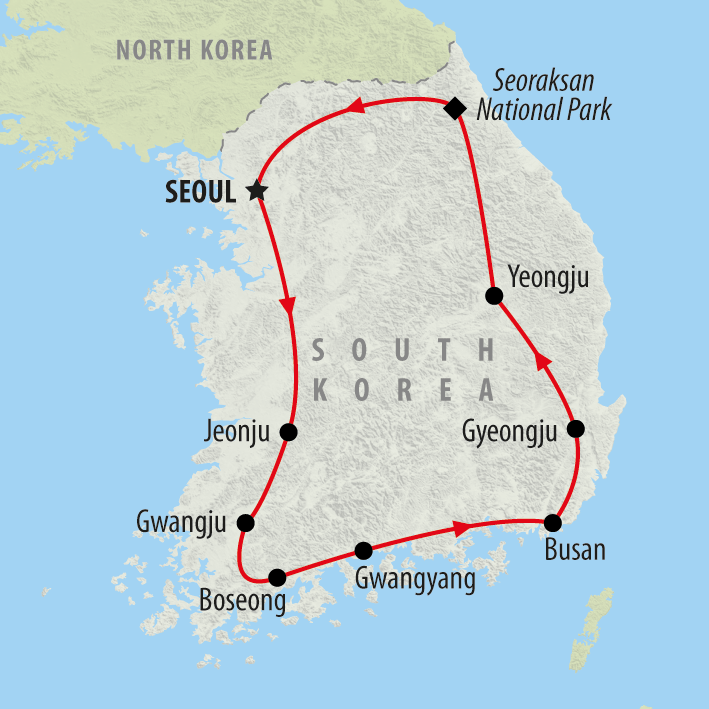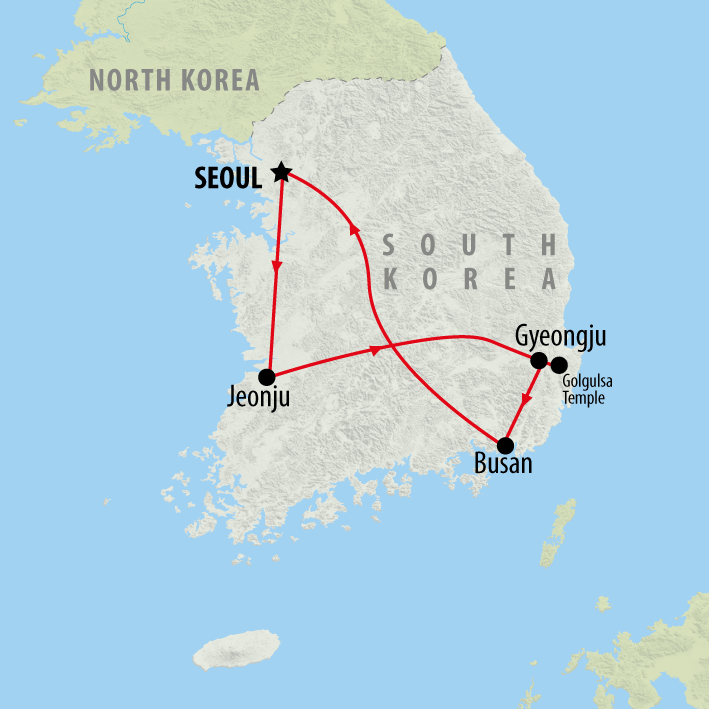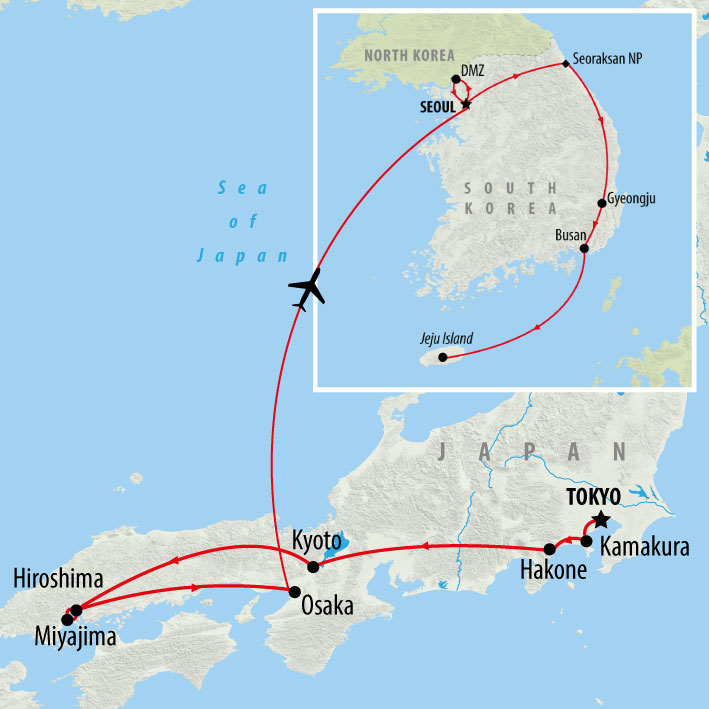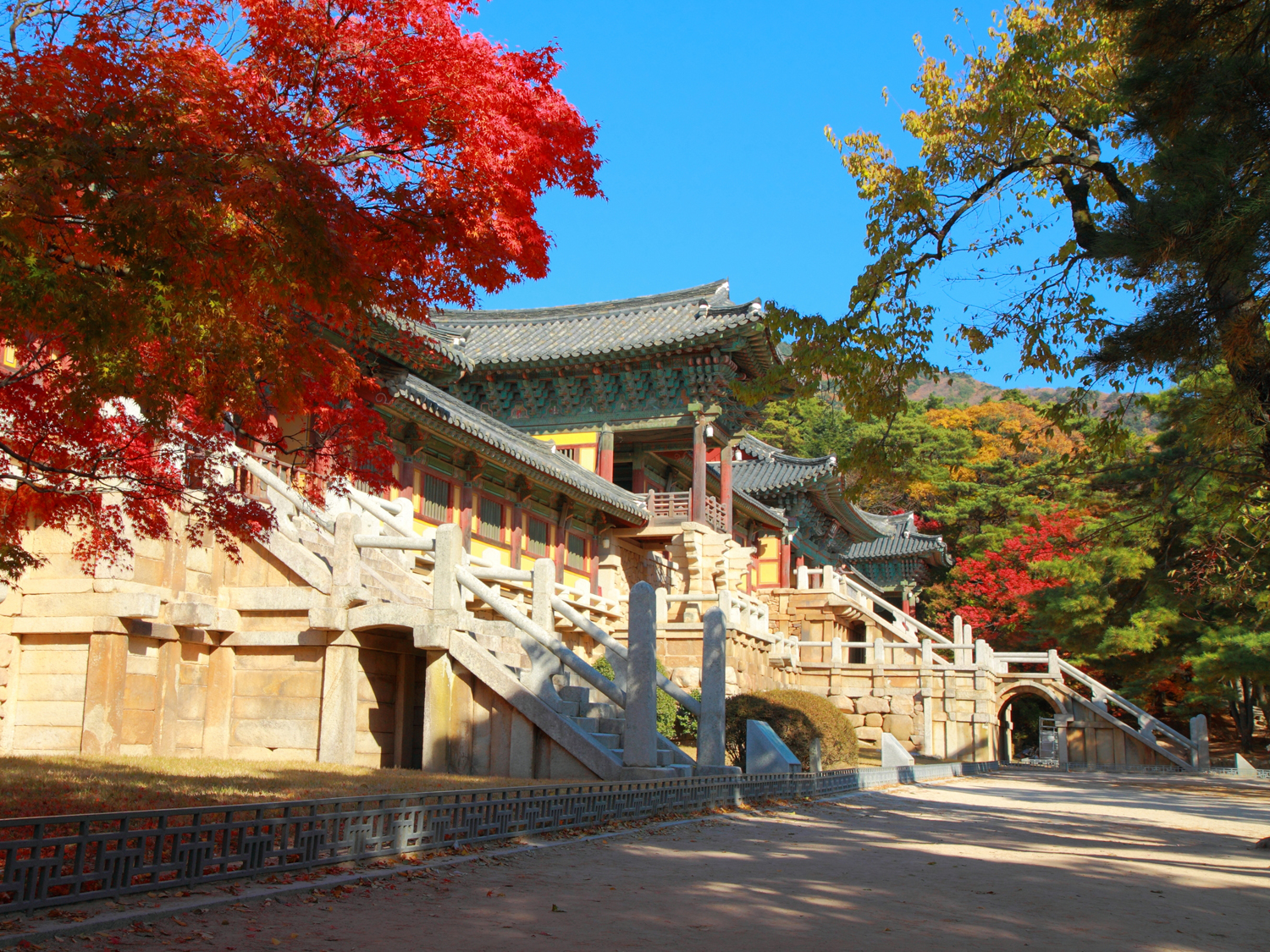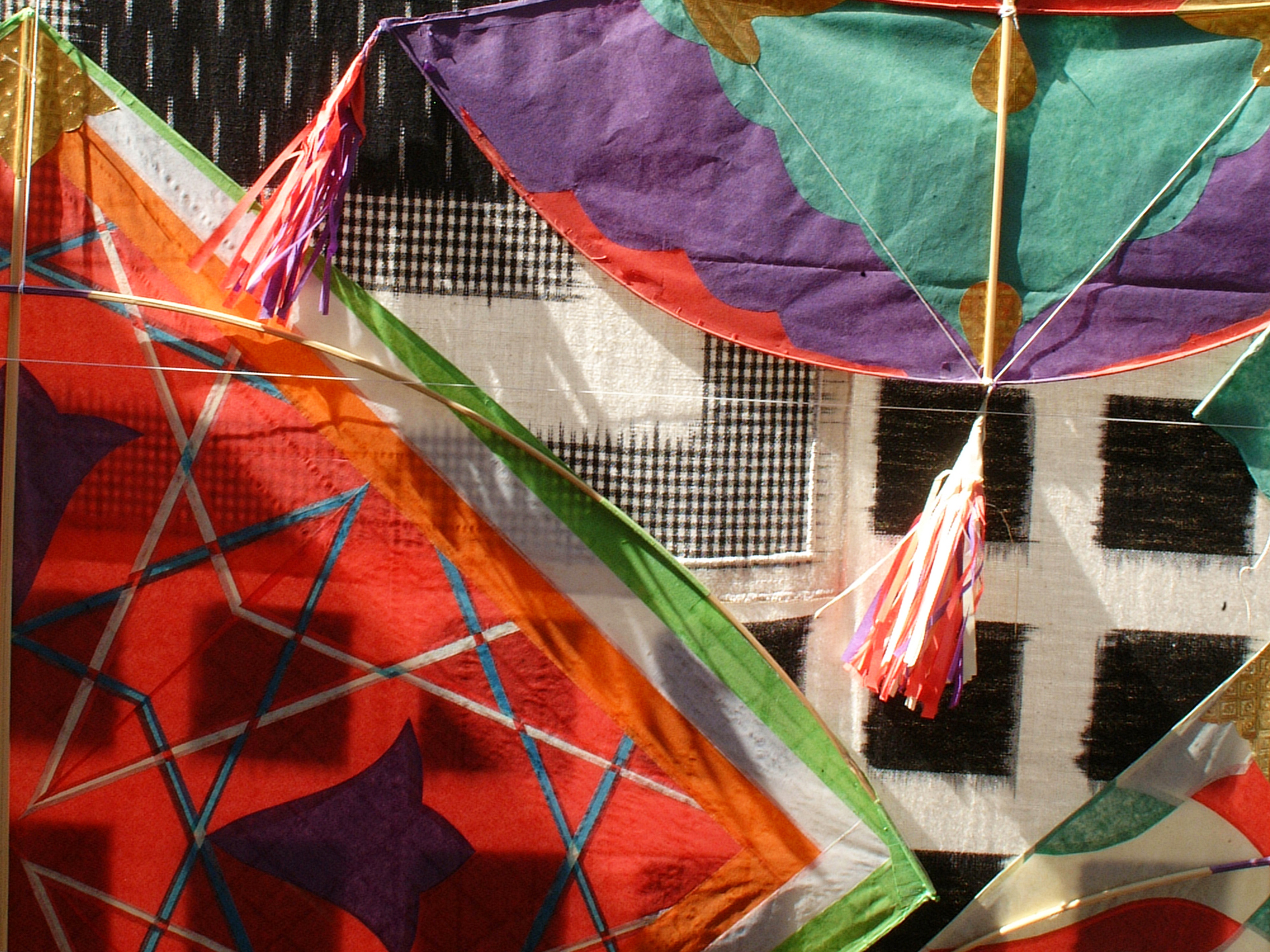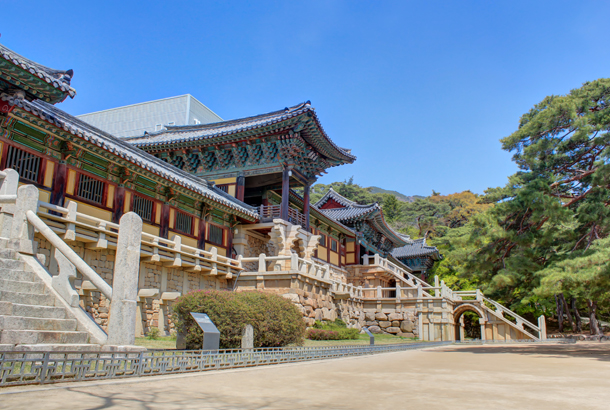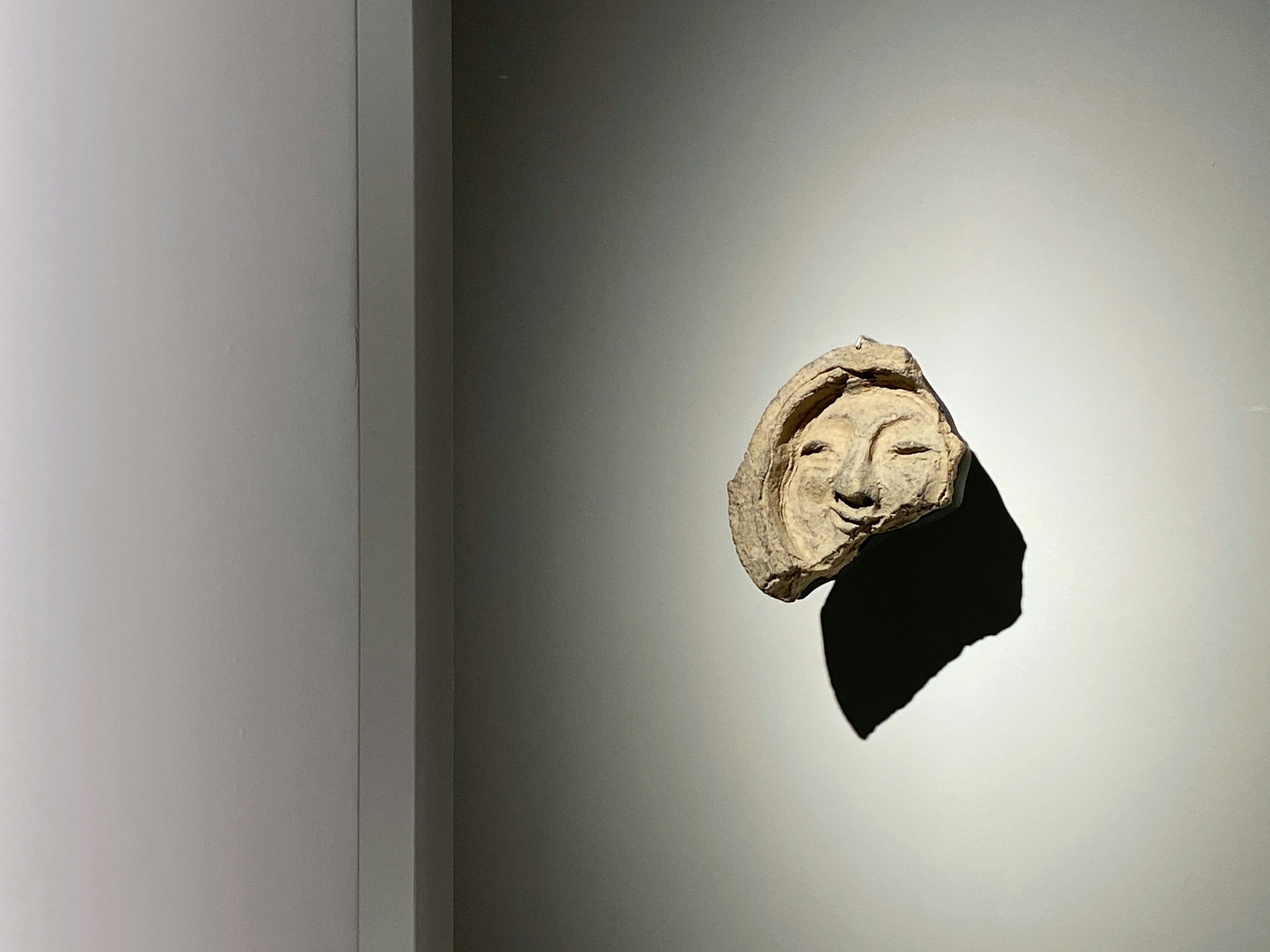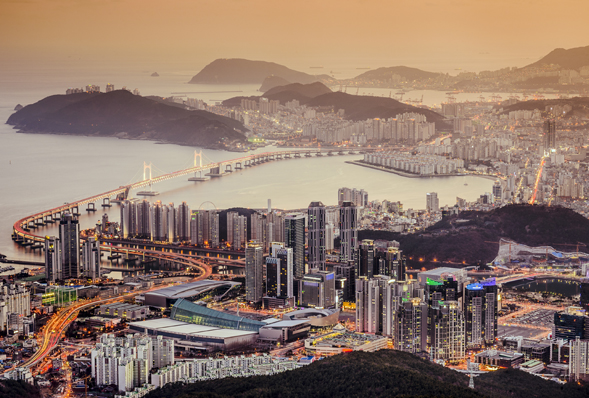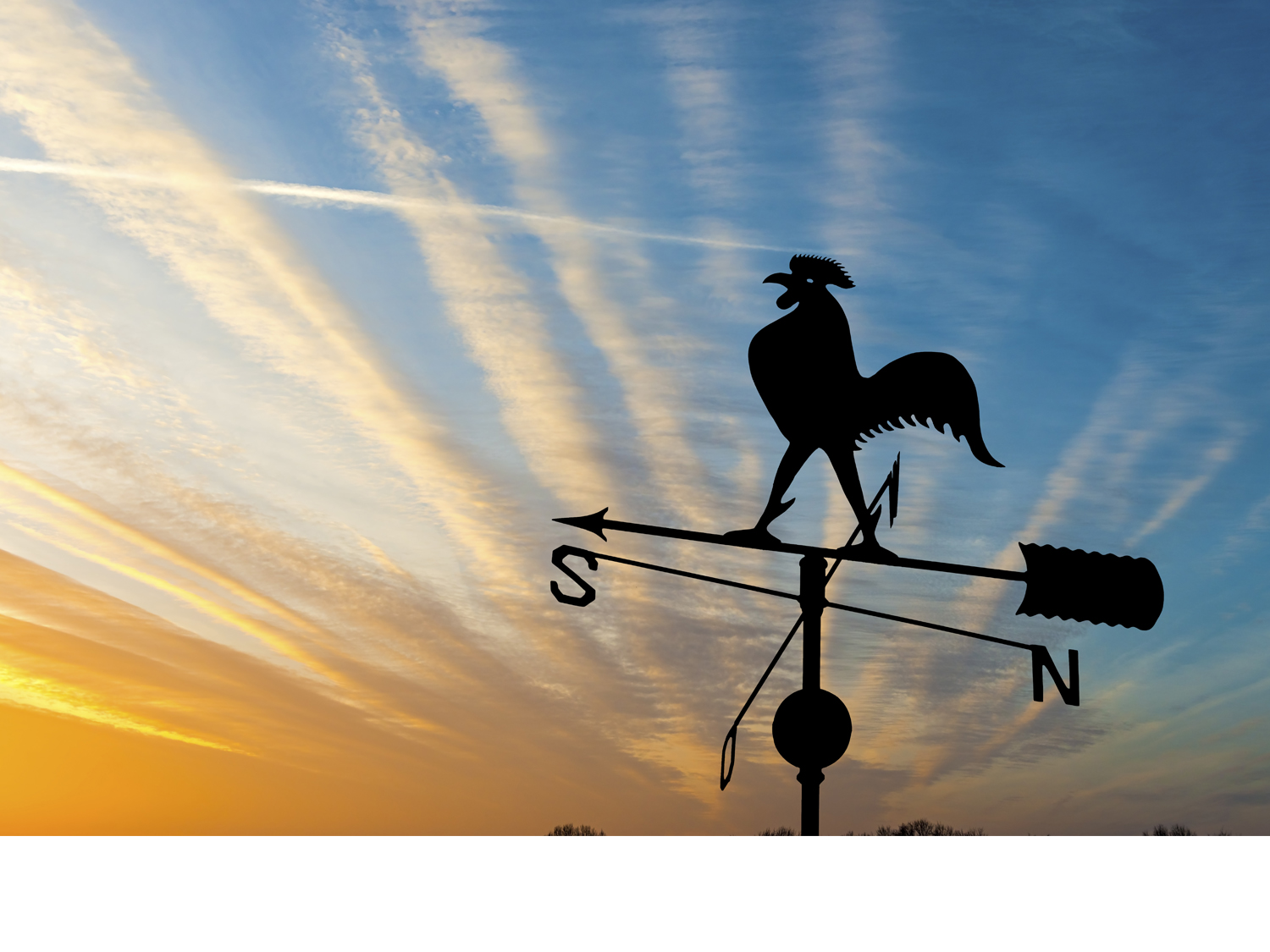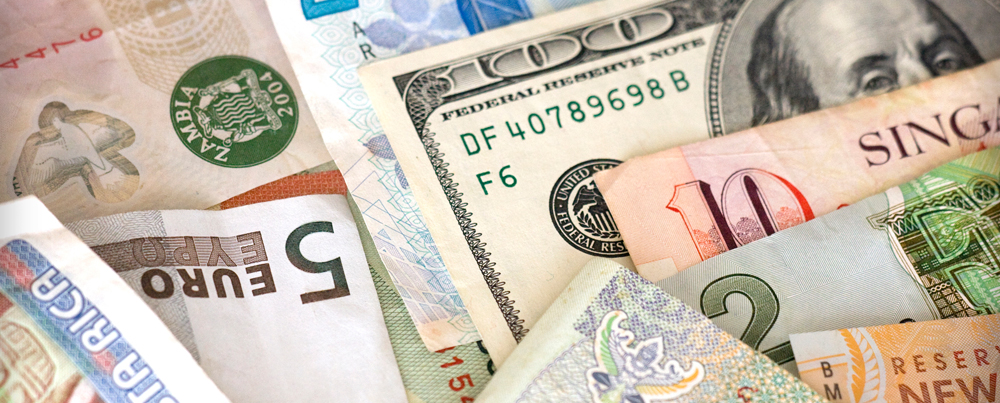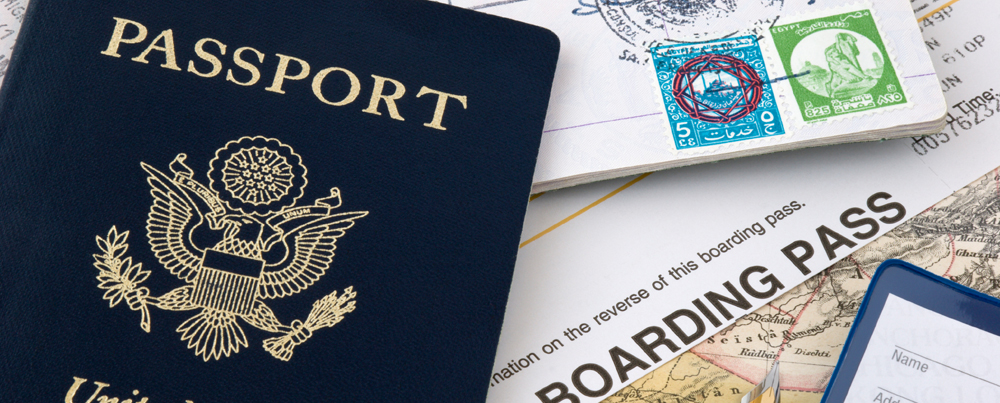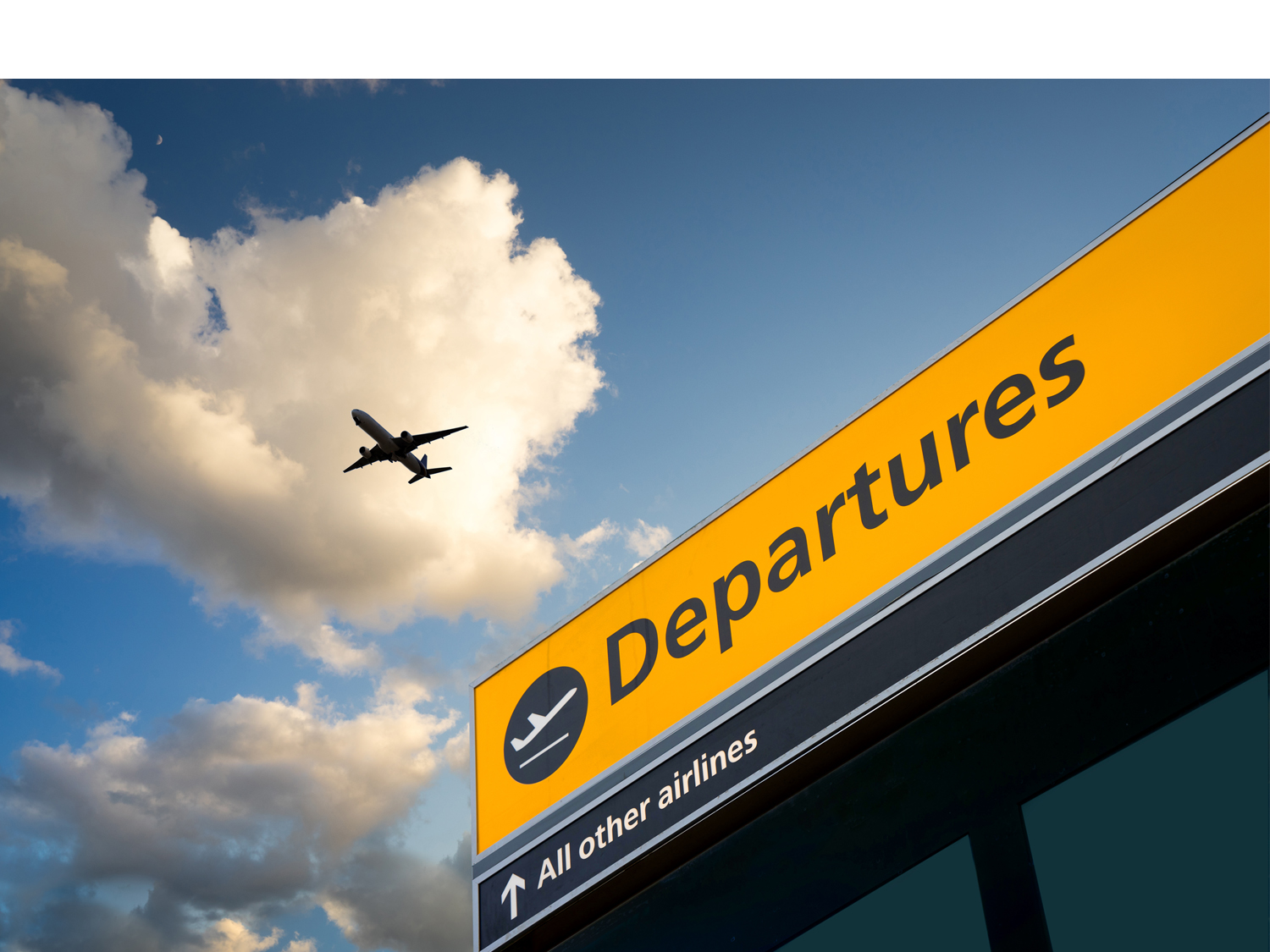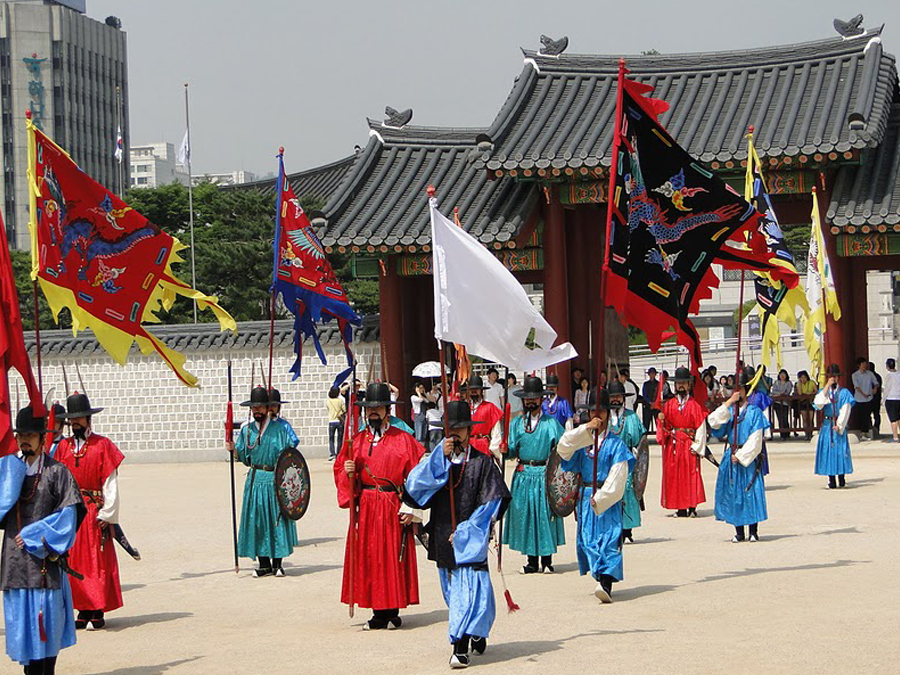Best guided tours to Gyeongju, South KoreaExplore Gyeongju: Uncover the Timeless Wonders of Korea’s Ancient Capital with Expert Guides
When do you want to go?
2024
I'm flexible
Passengers
Adults (18+)
Children (0 - 17)
Welcome to Gyeongju, South Korea
Verdant and beautiful but with pockets of urban excitement, Gyeongju is a fascinating city that should feature on every Korean itinerary. Once the capital of the ancient kingdom of Silla, Gyeongju is rich with cultural and historical attractions, including rock carvings, temples and pagodas as well as several UNESCO World Heritage sites. Its Silla heritage stretches back over 1000 years, with ancient sites, relics and ruins found throughout the city. The Gyeongju National Museum is home to countless treasures as well as the 23-ton Emille Bell cast in 771 AD.
Guided tours to Gyeongju, South Korea
Guided tours to Gyeongju offer an enriching and convenient way to explore the city's vast historical and cultural heritage. These tours typically include visits to iconic sites such as Bulguksa Temple, Seokguram Grotto, Anapji Pond, and the Daereungwon Tomb Complex, providing insightful commentary on the Silla Kingdom's history and significance. Guided tours are available in various formats, including walking tours, full-day bus tours, and specialized thematic tours focusing on aspects like Buddhist art or ancient astronomy. They often include transportation, entrance fees, and sometimes meals, making them an excellent option for travelers looking to maximize their experience with the guidance of knowledgeable local experts. Additionally, many tours are offered in multiple languages, catering to the needs of international visitors.
What to expect -Why visit Gyeongju, South Korea?
Historical Significance
Gyeongju, often referred to as the ‘museum without walls’, is a city located in the southeastern part of South Korea. The area was the heart of the Silla Kingdom, one of the Three Kingdoms of Korea. During its peak, the city was a vibrant political, cultural, and religious centre. The Silla Dynasty is particularly noted for unifying the Korea Peninsula for the first time in 668 AD, marking a significant period of cultural and artistic development.
Cultural and Natural Landscape
Namsan Mountain: Often called the ‘sacred mountain’ of Gyeongju, Namsan is dotted with ancient temples, pagodas, and Buddha statues. Hiking trails offer both cultural exploration and natural beauty.
Bomun Lake Resort: A popular leisure area, Bomun Lake Resort features hotels, amusement parks, and various recreational facilities. It is a favorite spot for cherry blossom viewing in the spring.
Festivals and Events
Gyeongju Cherry Blossoms Marathon: Held in April, this event attracts runners from around the world who compete amidst the stunning backdrop of cherry blossoms.
Silla Cultural Festival: This annual festival in October celebrates the history and culture of the Silla Kingdom with traditional performances, reenactments, and parades.
Popular Site to See in Gyeongju
Bulguksa Temple
A UNESCO World Heritage Site, Bulguksa Temple is a masterpiece of Silla architecture. Established in 528 AD, the temple features exquisite stone pagodas, intricate woodwork, and serene gardens. Key highlights include the Dabotap and Seokgatap pagodas and the gilt-bronze statue of Budda.
Anapji Pond (Wolji Pond)
Originally constructed in 674 AD as part of the palace complex, Anapji Pond is a beautiful artificial pond surrounded by reconstructed pavilions. The site is especially enchanting at night when the buildings and pond are illuminated.
Gyeongju National Museum
This museum offers an extensive collection of artifacts from the Silla period, including gold jewellery, pottery, weapons, and Buddhist relics. The museum’s exhibits provide a comprehensive understanding of the history and culture of the Silla Kingdom.
Frequently asked questions
What is Gyeongju known for?
Gyeongju is known for its rich historical and cultural heritage as the capital of the ancient Silla Kingdom. It is often referred to as a ‘museum without walls’ due to its numerous historical sites and cultural artifacts.
Are there any guided tours available in Gyeongju?
Yes, there are several guided tours available in Gyeongju, ranging from walking tours of historical sites to full-day bus tours that cover major attractions. These tours can be booked online.
Can I experience traditional Korean culture in Gyeongju?
Absolutely. Gyeongju offers numerous opportunities to experience traditional Korean culture, including visiting hanok villages like Yangdong Folk Village, participating in tea ceremonies, and exploring ancient temples and historical sites.
What local foods should I try in Gyeongju?
Some local foods to try in Gyeongju include Ssambap (rice wrapped in leafy vegetables), Gyeongju bread (Hwangnam bread), and various traditional Korean dishes such as bibimbap and bulgogi.
What is the best time to visit Gyeongju?
The best time to visit Gyeongju is during the spring (April to June) and fall (September to November) when the weather is mild, and the natural scenery is at its most beautiful, especially during the cherry blossom season and autumn foliage.
Is Gyeongju a family-friendly destination?
Yes, Gyeongju is a family-friendly destination with plenty of activities and attractions suitable for all ages, including historical sites, parks, and recreational areas like Bomun Lake Resort.
Are there any festivals in Gyeongju?
Yes, Gyeongju hosts several festivals throughout the year, such as the Gyeongju Cherry Blossom Marathon in April and the Silla Cultural Festival in October, which celebrate the city's heritage and natural beauty.
Do people in Gyeongju speak English?
While English is not widely spoken, many tourist areas, hotels, and restaurants have staff who can speak basic English. It's also helpful to carry a translation app or phrasebook.
South Korea travel guides
Our customers say
Excellent
4.4 out of 5 based on 275 reviews
